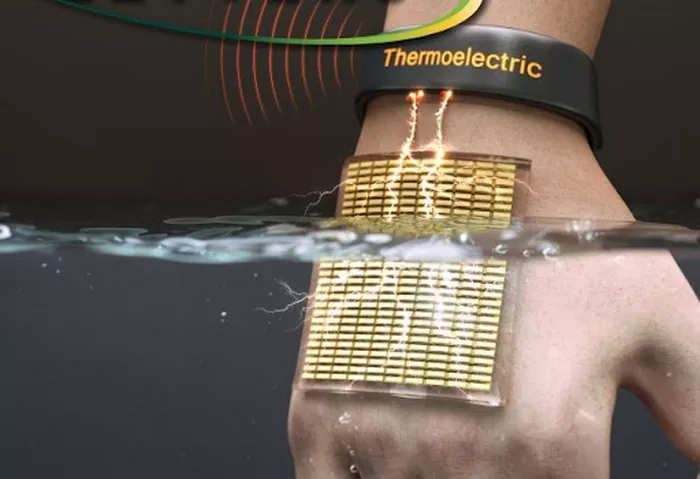A research team from the Korea Research Institute of Chemical Technology (KRICT) has developed a groundbreaking thermoelectric material and generator (TEG) that uses sponge-like carbon nanotube (CNT) structures to enhance performance while maintaining flexibility. The new device shows promise in powering small wearable sensors through thermal energy harvesting.
The research, published in Carbon Energy, was led by Drs. Mijeong Han and Young Hun Kang. The team combined carbon nanotubes with Bi0.45Sb1.55Te3 (BST) in a porous foam structure to optimize thermoelectric performance.
Traditional thermoelectric materials are typically metal-based and rigid, but CNTs provide a lightweight and flexible alternative. Previous attempts with CNTs, however, faced issues of low performance and poor durability. To overcome these challenges, the team developed a unique fabrication method that transforms CNTs into bulk foam structures instead of thin films. This was achieved by heating and solidifying a powder-filled mold to create a sponge-like form.
In addition, the team developed a technique to evenly distribute BST particles within the foam’s pores, significantly improving both mechanical stability and thermoelectric efficiency.
The resulting CNT/BST foam achieved a zT of 7.8 × 10^-3, 5.7 times higher than pristine CNT foam. When applied to a flexible thermoelectric generator and tested on a glass tube at a 21.8 K temperature difference, the device generated an output power of 15.7 µW, enough to power wearable sensors.
The team also confirmed the material’s durability through 10,000-cycle bending tests, showing minimal performance loss. Notably, the entire fabrication process takes only four hours, significantly faster than traditional methods, which take more than three days.
The team plans to enhance thermoelectric efficiency through doping strategies and aims to commercialize the technology by 2030. Future applications could include integration into thermal management systems for batteries, AI data centers, and wearable or autonomous electronic devices.
“This study marks a significant step forward in developing flexible, self-powered devices,” the researchers said, emphasizing the material’s moldability and durability as key advantages for energy harvesting.
Related topics:

